Not a single shot was fired anywhere on the LoC after the two armies implemented the ceasefire on February 26 night. The surprise development, however, is still in debate and news-cycle because nobody knows why it happened and what it is leading to, a Kashmir Life monitoring desk report
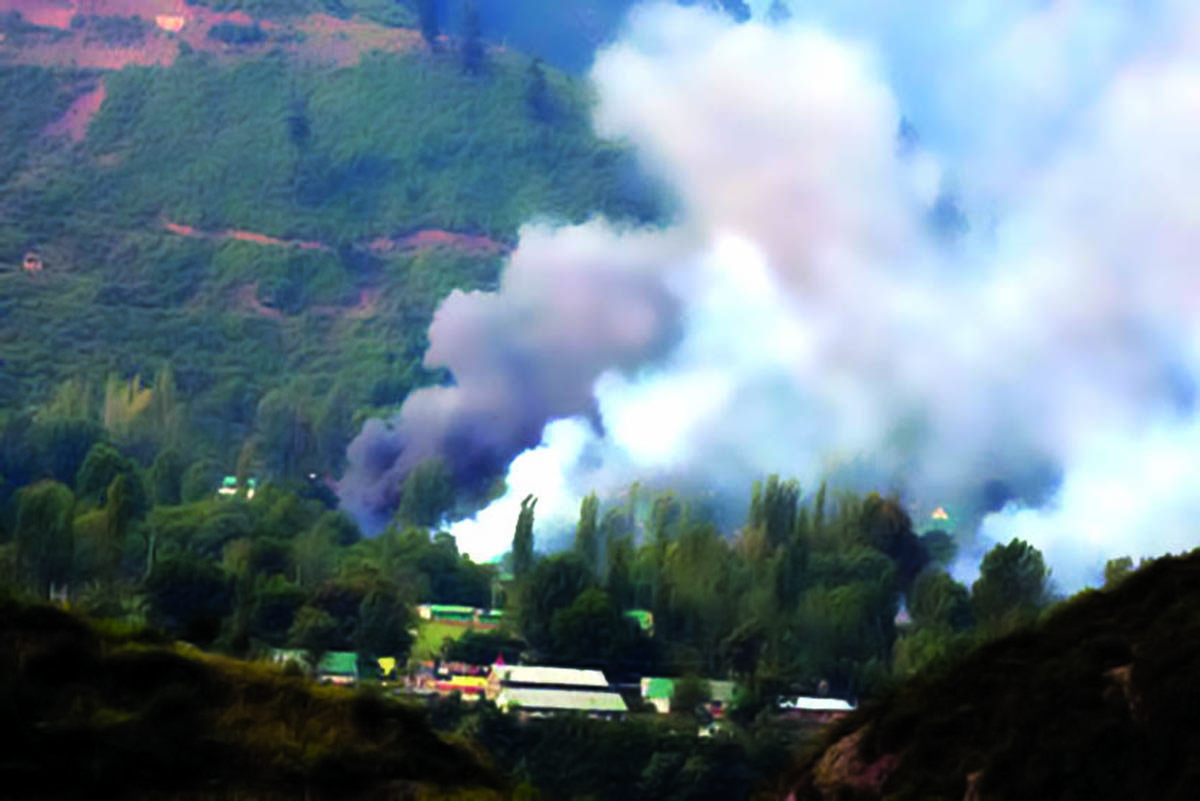
The reaffirmation of the 2003 ceasefire agreement between India and Pakistan has taken everyone by surprise. The agreement came at a time when the relations between India and Pakistan had plunged to their lowest in the wake of the withdrawal of Article 370 in August 2019. A lot has been written about the accord in India and Pakistan and also in international media.
The development has been analyzed from all angles which have helped to put it in perspective. But there is no certainty so far as to what is in store for India-Pakistan relations in near future: there is hope that the LoC agreement will be followed up with a dialogue between the two countries where the “issues of core concern” to the two countries will be discussed.
High-Level Approval
According to a report carried by The Hindu, the India-Pakistan ceasefire had a high-level approval. The report quotes the former High Commissioner to Pakistan and the Director-General of the MEA-run think tank TCA Raghavan as having said that “a decision like this in both countries would have involved a considerable amount of interagency discussion and consensus”.
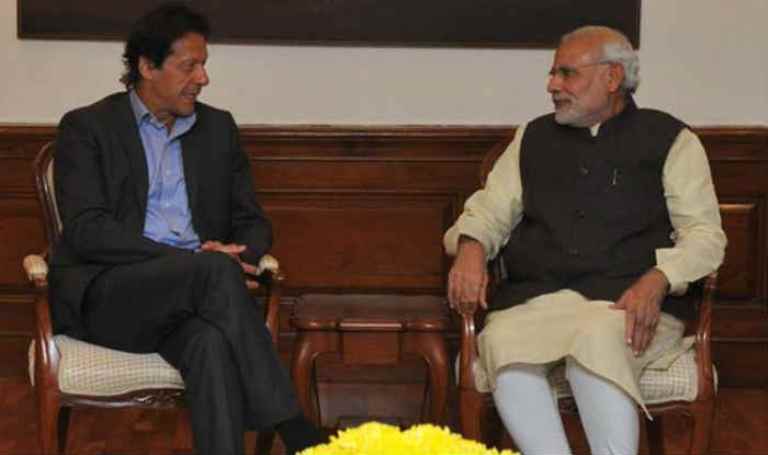
In Raghavan’s perception, the next step could be the restoration of High Commissioners to the missions in Delhi and Islamabad, who were withdrawn in the wake of the government’s decision to revoke Article 370 in August 2019. This, Raghavan feels, could be followed by cooperation on Covid-19 and healthcare given Pakistan’s acceptance of Prime Minister Narendra Modi’s 5-point proposal for sharing healthcare information, medicines, vaccines and allowing visas for healthcare professionals in the South Asian Association for Regional Cooperation (SAARC) region.
Such measures could go a long way to reduce the tension between the neighbours and make it easier to institute a dialogue going forward. But if the dialogue takes place, it would not be easier for the two countries to sustain it? In past many such attempts were aborted by a major attack in India traced to elements in Pakistan or sometimes the rigid negotiating positions of the two countries, for example, in 2014, a fledgeling India-Pakistan dialogue was called off by New Delhi after Pakistan’s then high commissioner Abdul Basit held talks with Kashmiri separatists in the Indian capital.
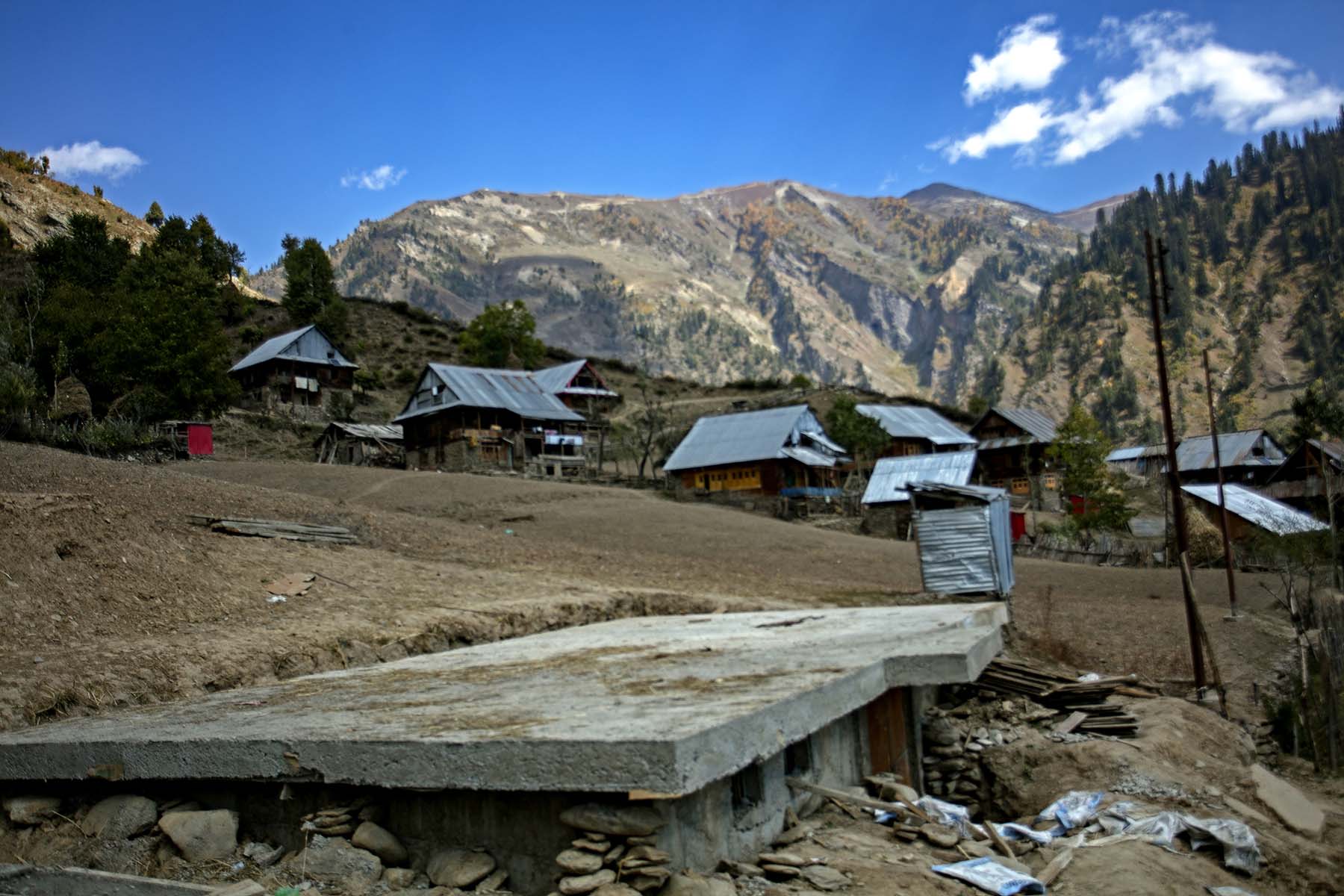
It would be interesting to see how the two countries negotiate their respective conditionalities before reaching out to each other. There is thus a possibility that the two countries may not hold public talks at all and discuss contentious issues like Kashmir only through the backchannel. And that may be a better way to go about it provided it leads to a concrete outcome. But few analysts are confident of a breakthrough coming through as a result of an engagement between the neighbours.
Changing Geopolitics
“Over the years, India and Pakistan have had numerous rounds of focused engagement, talks, summits, and photo opportunities, but none of it has led to a breakthrough. The structural reasons for earlier failures have not vanished, but geopolitical realities have,” writes Sushant Singh in Foreign Policy. The changing geopolitics of the region may force the hand of the two countries to make a real shot at resolving their differences. “Given China’s rise, economic challenges, international pressure, and outside brokering, it is now up to India and Pakistan’s political leadership to decide whether this latest gambit ends up as a short-term palliative or the start of historical shifts in narrative and ideology”.
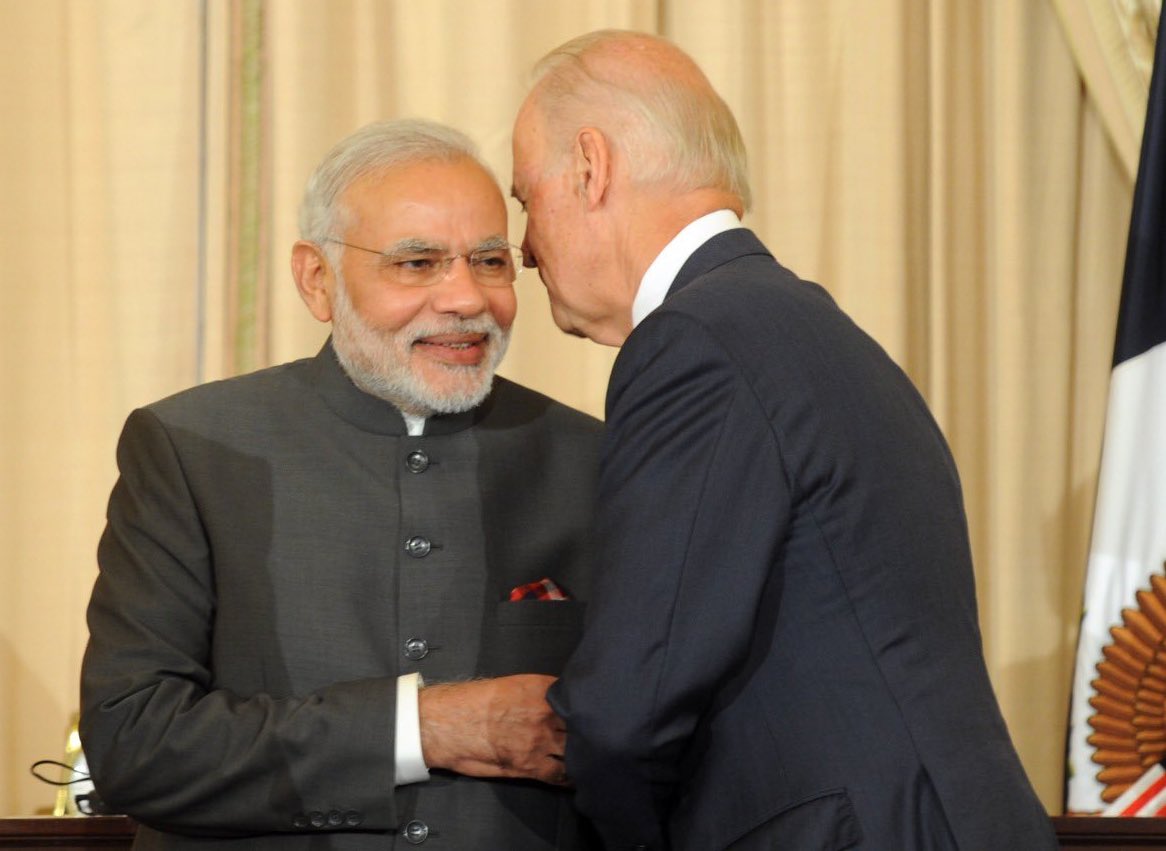
And the unfolding geopolitics has impacted both countries. In the case of India, the ongoing confrontation with China along the LAC has been sobering enough to persuade it to appreciate the need for engaging Pakistan. In April last year China staged incursions at four points – Pangong Tso, Depsang, Gogra and Hot Springs – forcing India to mass its troops along the border to deter further ingress by the PLA.
Similarly, India’s coercive diplomacy against Pakistan has run its course. It hasn’t achieved anything worthwhile, nor has it forced Pakistan to change its course. The frequent skirmishes along the LoC have only killed civilians and security personnel on both sides. According to the information revealed to the parliament by Defence Minister Rajnath Singh, there were a total of 4,649 ceasefire violations on the LoC in 2020. This has caused untold misery to the people living straddling the border. But this perennial state of conflict along the LAC and LoC has stretched Delhi and this state of affairs is unsustainable in the long term.
Then there is war in Afghanistan. The unfolding situation in Kabul, where the Taliban look likely to return to power has suddenly reduced India’s capacity to influence the outcome in the war-torn country. Accordingly, Pakistan is suddenly in a position of some leverage. On the other hand, Pakistan would benefit from a friendly India to ensure continued stability on its eastern flank. The starkness of this reality leaves India and Pakistan no choice but to engage and confront their problems themselves.
The ceasefire agreement is also believed to have been brought about by the new US administration acting from behind the scenes. The US involvement in the relationship between India and Pakistan is a complex affair. New Delhi wants the US to intervene to sort out the terror problem in Pakistan, and Pakistan, in turn, wants it to persuade New Delhi to discuss and resolve Kashmir.
Sustainability
The coming weeks and months will reveal how the situation will unfold. But there is a lot of scepticism as to the durability of the LoC ceasefire. There is also little hope that the ceasefire will evolve into a sustainable dialogue.
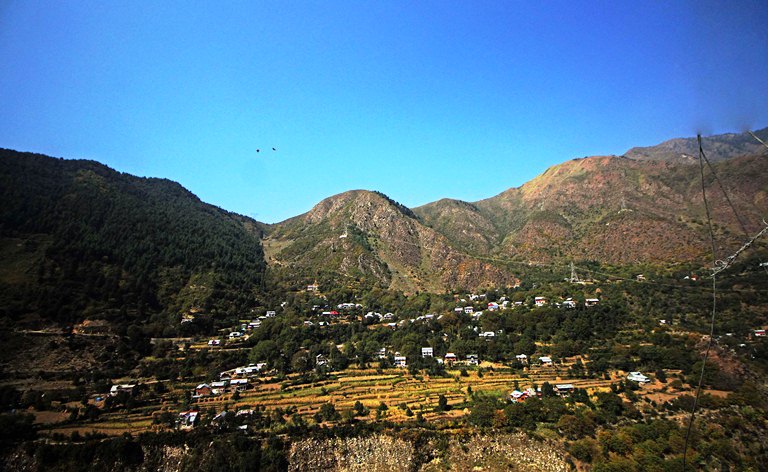
A report in The Times of India quotes former envoy to Pakistan, Gautam Bambawale as saying that the intentions are good on both sides. “But we will have to see if it translates into reality on the ground,” Bambawale is quoted to have said.
Border Disquiet
The exchange of shelling has been debilitating for the people straddling the LoC. “A total of 10,752 cases of ceasefire violations took place along the Indo-Pak border in the past three years, claiming the lives of 72 security personnel and 70 civilians,” Chandigarh newspaper The Tribune reported. “As many as 4,645 such incidents occurred in 2020 alone.” It was equally devastating on the other side. “There have been over 13,500 ceasefire violations since 2003 which have cost 310 civilian lives and led to over 1,600 injured,” Pakistani newspaper The Express Tribune reported. “Those numbers have spiked since 2014, with 92 per cent of the casualties occurring since then.”
Post-ceasefire, these areas are happy. However, there is little hope in the durability of the ceasefire among the border dwellers. In media reports from the areas along the LoC, the people have expressed deep scepticism about the ceasefire.
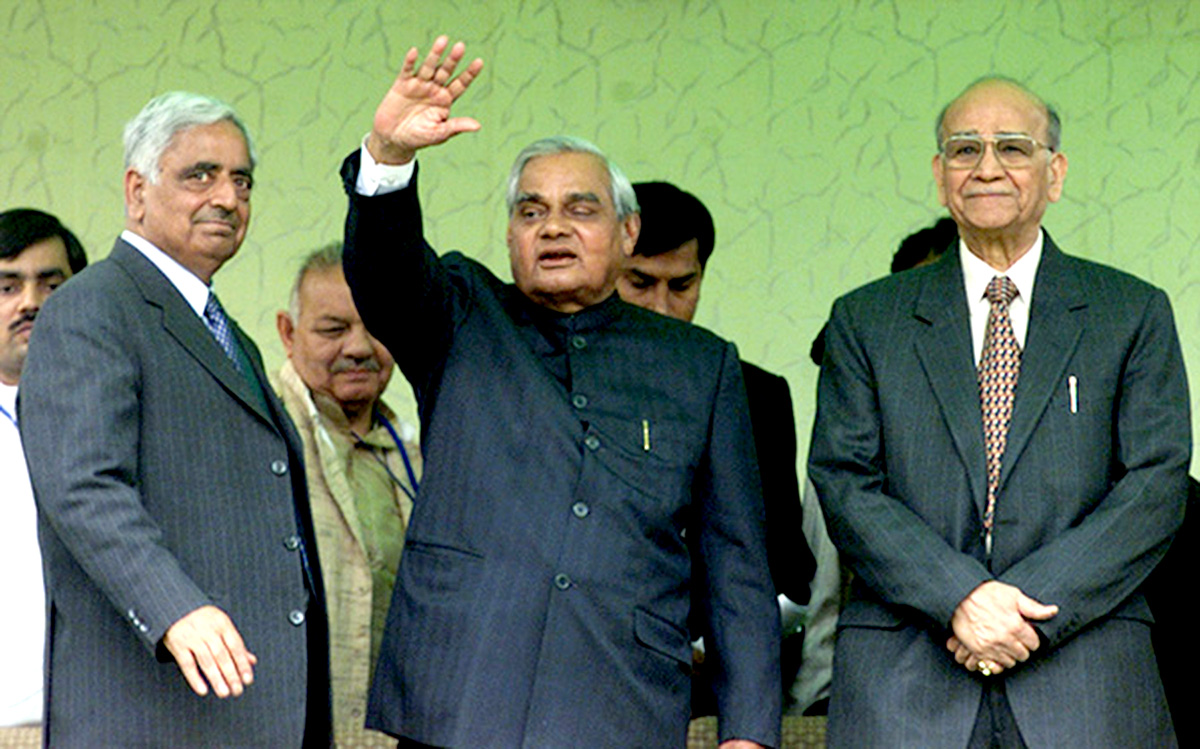
There is also a realization that today old equations between New Delhi and Islamabad and also between Kashmiri separatists and Delhi no longer apply. Following the withdrawal of Article 370, Hurriyat has been obliterated from the scene. Pakistan is no longer bolstered by the strategic depth of Afghanistan or leveraged by an all-encompassing militancy in Kashmir. And this reality – accentuated further by a stronger India – is likely to leave a deep imprint on the content of a future dialogue. And of course, on the outcome of it too, if it is sustainably held. It will be an outcome that will not be completely satisfying to the expectations of the weaker parties. Or else, the logjam that has persisted for the past seven decades will linger on.
Musharraf Formula
Former Pakistan President General Pervez Musharraf was the first to recognize new realities. His four-point proposals on Kashmir envisaged a solution that would be a drastic climb-down from Islamabad’s traditional stand on Jammu and Kashmir. This solution was about some minor political and administrative adjustments, more in nomenclature than substantive in their nature. With moderate Hurriyat playing along, these proposals almost got the two countries to agree to a radical new solution for Kashmir, if the lawyers’ agitation in Pakistan hadn’t forced the sudden exit of Musharraf, this solution would potentially have resolved Kashmir.
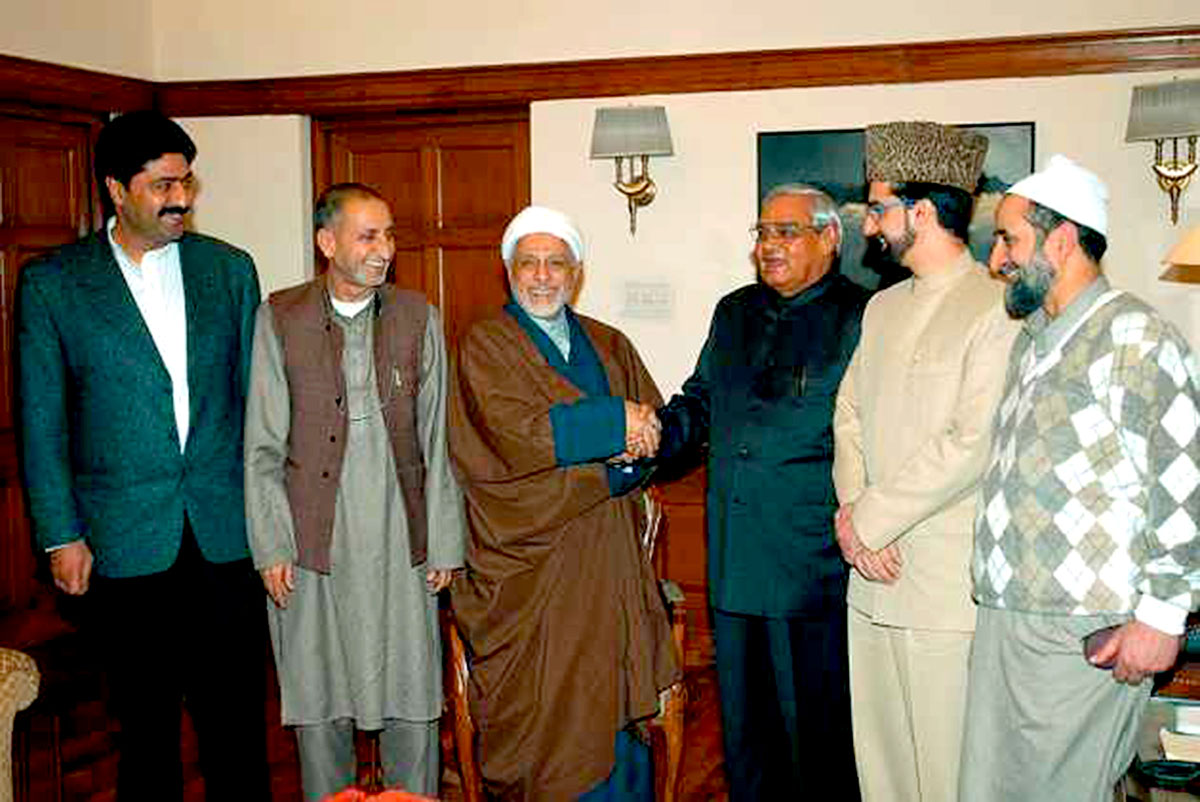
Would the two countries return to this formula to work out a Kashmir solution? There is a possibility they will and who knows this time take their engagement to its logical conclusion. Recently, the former Jammu and Kashmir Chief Minister in an oblique reference to the four-point formula said, “Prime Minister Narendra Modi and his counterpart Imran Khan must hold a dialogue like [former Prime Minister) Atal Bihari Vajpayee held parleys with (then Pakistan President) Parvez Musharaf for the perpetual peace of the area.”
Mehbooba also called for the involvement of India and Pakistan in the dialogue process. “India and Pakistan should sit on a dialogue table with Kashmiris to ensure peace in the entire South Asian region. Kashmiris need to be a part of the dialogue process, which has already begun between India and Pakistan,” Mufti told workers of her party at a function in Anantnag.
While this may not happen anytime soon, there are some analysts who are optimistic about a likely fresh engagement between India and Pakistan leading to a resolution of their long-running disputes. One such analyst is Sudheendra Kulkarni, also a politician and a columnist. He was one of the close aides of Prime Minister Vajpayee.
“Thus, the logic of the ceasefire agreement points to a historic opportunity to convert the LoC into a Line of Connectivity and Cooperation,” he wrote in a column in The Indian Express. “The fact that all Kashmiri leaders have welcomed the agreement is highly significant because this new concept of LoC meets their deepest aspirations for peace with justice, dignity, democracy and development. It can eventually lead to a lasting solution to the Kashmir dispute in a manner that is acceptable to India, Pakistan and Kashmiris themselves. This is what General Bajwa has called ‘honourable peace’”.
Post Script
Pakistan Prime Minister Imran Khan opted for a rare voluntary vote of confidence and won it. It augers well for the future of the ceasefire between India and Pakistan.















